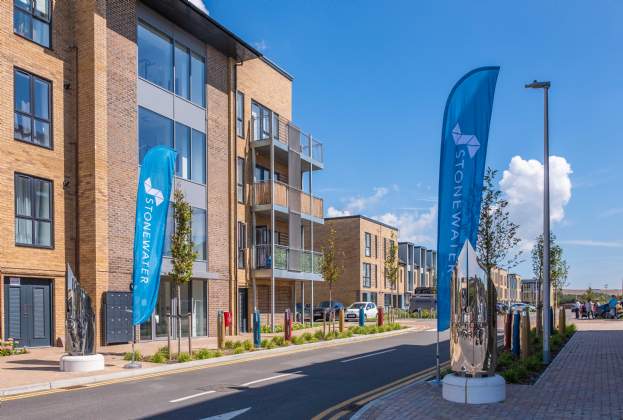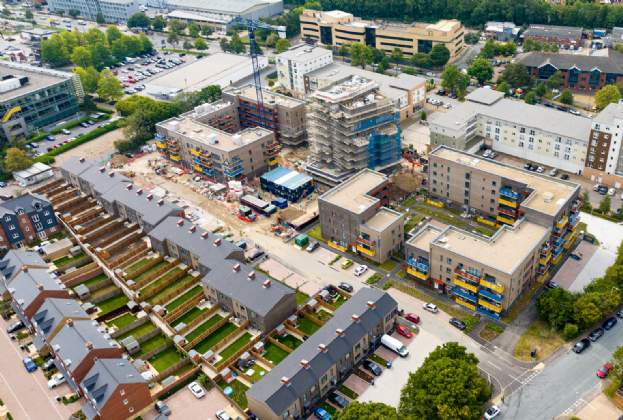‘This is a Budget for the next generation…to make Britain fit for the future,’ said the chancellor, George Osborne, at the start of his Budget speech on Wednesday.
Would making Britain ‘fit for the future’ mean further major interventions in the housing sector?
The answer is ‘no’.
Instead, this Budget was notable for the absence of major changes on housing policy. Although there is mention of the Treasury of expecting the current five Right to Buy pilots to cost £75 million over the three years from 2017/18, we continue to wait for detail on precisely how the plan will operate to fund the extension of Right to Buy to all tenants of English housing associations.
There will be some further tinkering with the planning system to ‘speed up delivery’ and the extension to bulk purchases of the 3 per cent stamp duty increase on second homes will potentially hit some investment in the private rented sector. But the clear message from this Budget to the housing sector is: get on and build the homes we need.
However, there has been no change in emphasis in the type of homes the Government wants to see built: homeownership is very clearly the focus.
There is some scope for social landlords to be able to provide sub-market price homes through the plans to begin building 135,000 shared ownership properties by 2021. As set out in the Autumn Statement, there will be some £4.1 billion available to support this.
The Chancellor revealed that the bidding process for these funds will begin in April and will be managed by the Homes and Communities Agency. The Office for Budget Responsibility has previously said it expects as much as 90 per cent of this money to go to housing associations, although the Budget statement makes clear the government expects private developers to bid for the funds as well.
The emphasis here is very much on speed, with some £250 million of the available funds being brought forward to 2017/18 so that 13,000 shared ownership homes can begin construction as quickly as possible.
Elsewhere, the £60 million to fund community-led housing developments is of interest – especially in areas with a high proportion of second homeowners. Also noteworthy is the continuation of the chancellor’s ‘devolution revolution’, with a £175 million, ring-fenced housing fund a key part of the £900 million deal agreed in East Anglia.
It will be interesting, too, to see how the 200,000 additional homes are built that have been predicted by the National Infrastructure Commission in its backing for Crossrail 2 in London. Savills research has suggested there might be the potential for up to 1.46 million homes by building at higher densities – much of which would be in outer London boroughs. However, communities have to be sure such an approach works for them as well as for new residents.
Finally, the plan to begin building 200,000 starter homes by 2020/21 took further shape with the announcement of a £1.2 billion brownfield land remediation fund that can be bid for immediately by councils. This welcome move will support 30,000 starter homes, but still leaves 170,000 homes to go.
If, as Savills expects, these homes are brought forward through the planning system, they will likely replace homes that would have been delivered through other tenures, such as affordable rent. It is uncertain this approach will lead to an overall increase in house building.
That said, by comparison with recent experience, this was a Budget that was relatively benign for the housing sector. As such, housing providers can plan with a greater degree of certainty, lending support to Mr Osborne’s assertion that ‘we are the builders’. Some important issues remain to be fully resolved, but at least the direction of travel is now crystal clear.
Further information
Contact Savills Housing Consultancy
A version of this article was first published on insidehousing.co.uk.
(1).jpg)


.jpg)
.jpg)



-large---midland-heart.jpg)

.jpg)